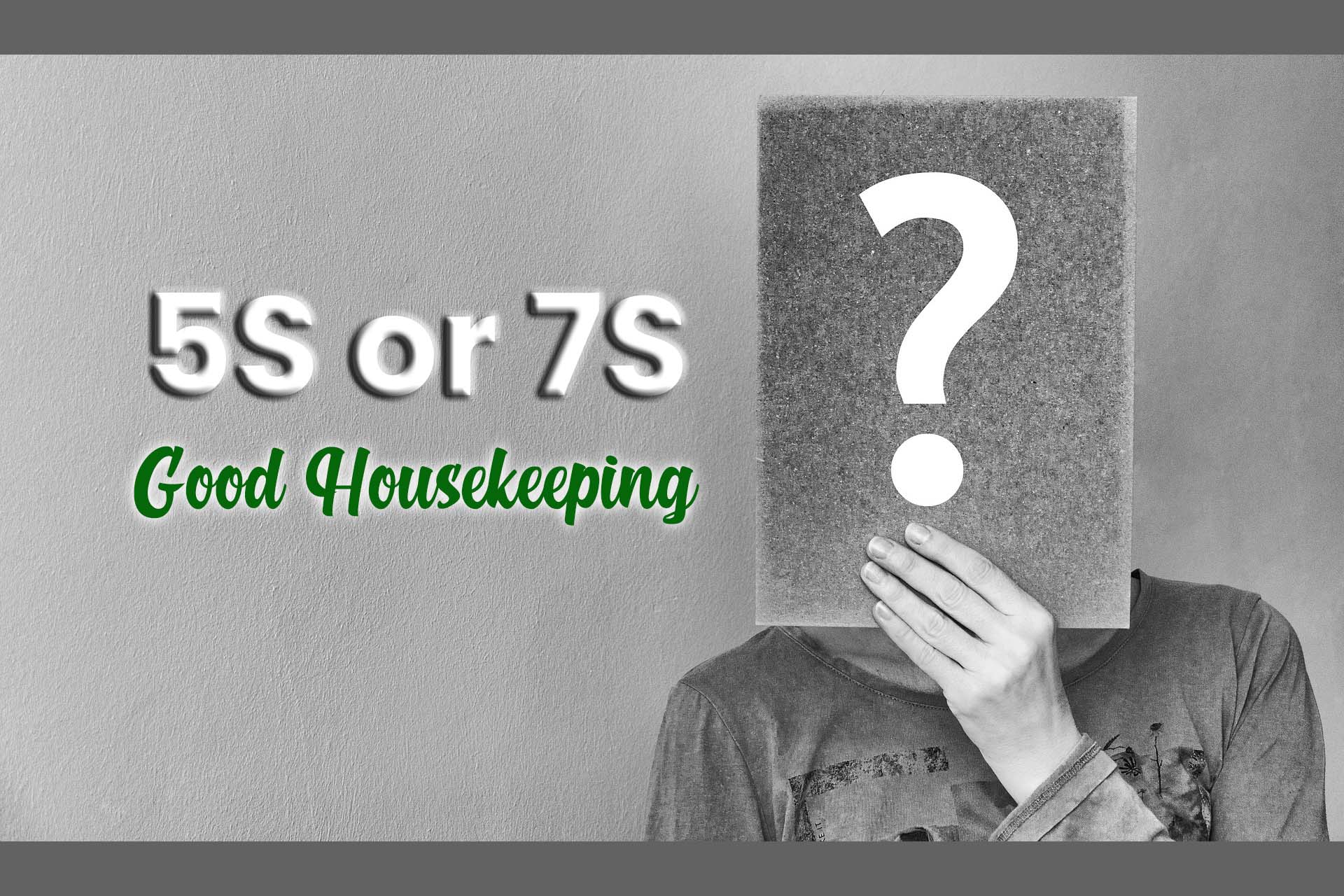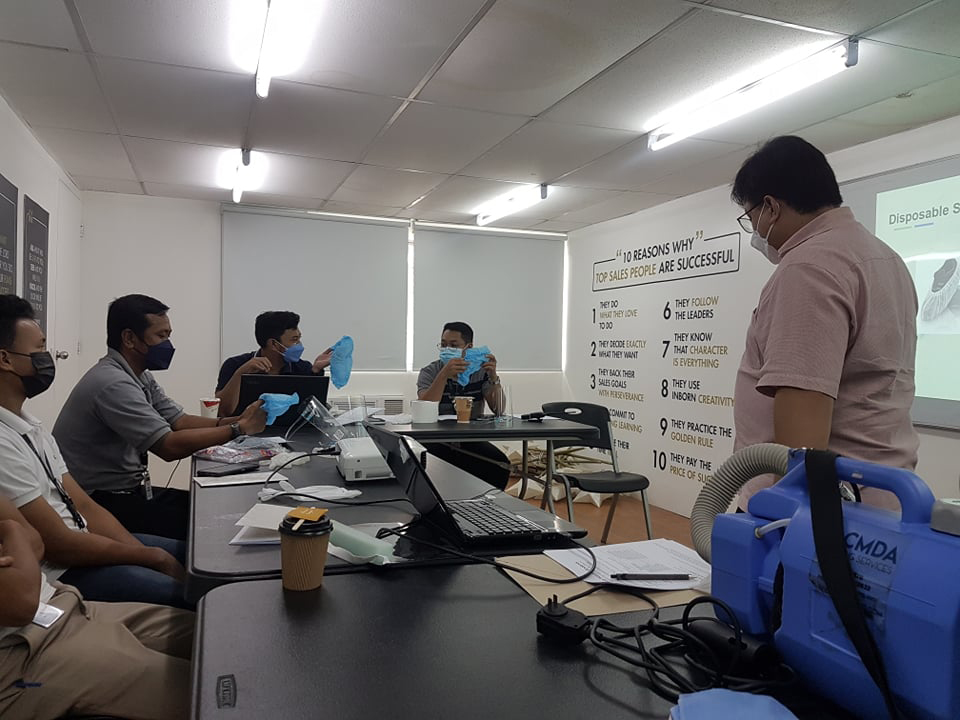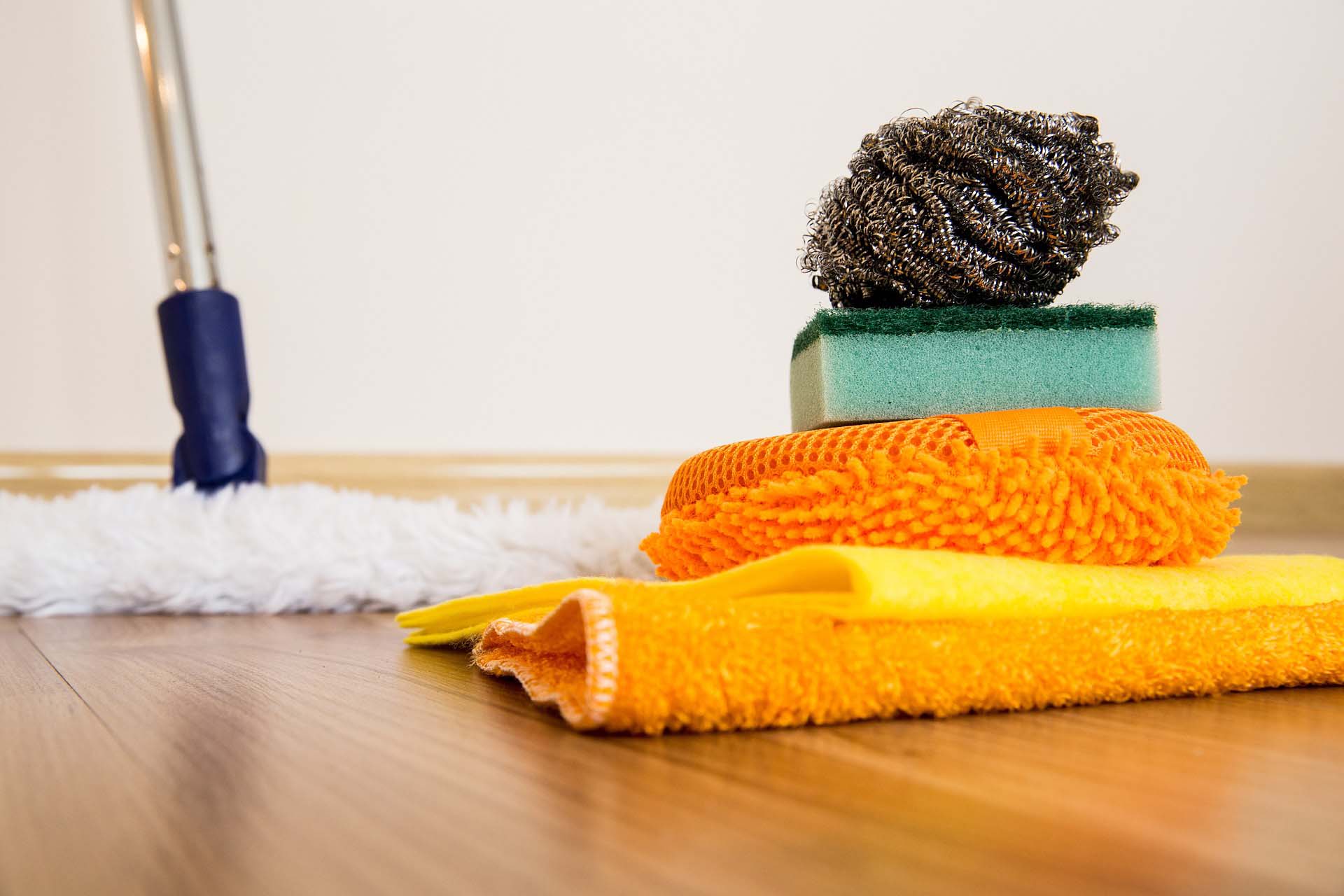5S or 7S of Good Housekeeping
5S or 7S of Good Housekeeping has been a popular training topic being given to Local Government Units (LGUs), Human Resource Management Offices (HRMOs) and those applying to become a hotel housekeeping staff overseas. Though fundamental in cleaning and housekeeping tasks, the application and execution of the 5S or 7S of Good Housekeeping remains a problem since most training do not include practical applications and are not customized depending on need.
What are the 5S or 7S of Good Housekeeping? Why is it so important that training about it is being given to a lot of people?
If you research further, Henry Ford was the one who originally developed what we know as the 5S methodology back in 1972 but was known as the CANDO programme. Japanese businessman and author Shigeru Mizuno then popularized this as a management method and added 2 more “S”, developing the 5S to 7S in the 1980s. The 5S and 7Ss are:

5S
- Sort
- Set in Order
- Sweep (Clean)
- Standardize
- Sustain
7S
- Sort – Identify and eliminate unnecessary items from your workplace.
- Systematize – Organize the remaining items in a logical and efficient way.
- Sweep – Keep your workplace clean and tidy.
- Standardize – Create a set of standards for cleanliness and organization that everyone in the workplace can follow.
- Safety – Make sure your workplace is safe for everyone.
- Self-discipline – Encourage employees to take responsibility for keeping their workplace clean and organized.
- Sustain – Make sure the 7Ss are an ongoing part of your workplace culture.
Benefits of the 7S if properly implemented
The 7Ss can offer a number of benefits to organizations, including:
- Increased efficiency and productivity
- Improved safety
- Reduced costs
- Increased employee morale
- Improved customer satisfaction
- A more professional image

How to Implement the 7Ss
The 7Ss can be implemented in a number of ways. The following steps can help you get started:
1. Create a plan – The first step is to create a plan for implementing the 7Ss. This plan should include the following:
- A list of the 7Ss
- Specific goals for each 7S
- A timeline for implementation
- A budget
2. Get the proper training – Train everyone involved and make them aware of this management method. Customize the plan according to your home or office needs.
3. Get everyone involved – It is important to get everyone in the organization involved in the implementation of the 7Ss. This will help to ensure that everyone is committed to the process and that the changes are sustainable.
4. Start small – It is not necessary to implement all of the 7Ss at once. Start with one or two 7Ss and then gradually add more as you become more comfortable with the process.
5. Be patient – It takes time to implement the 7Ss and see results. Don’t get discouraged if you don’t see results immediately. Just keep working at it and eventually you will see the benefits.

Challenges in Implementing 7S of Good Housekeeping
1. Poor planning – one of the main reasons why this management method fail is that plans were not customized according the organization’s needs, plans that do not apply or no plans set in place where there should be.
2. Poorly supervised – goals are not being checked or measured from time to time.
3. Lack of participation – some people tend to think “they already know how to clean” and disregard this type of management method and are not committed in implementing this process.

Conclusion
The 7Ss of Good Housekeeping is a powerful management method that can help organizations to improve efficiency, productivity, safety, and morale. If you are looking for a way to improve your workplace, the 7Ss are a great place to start.
